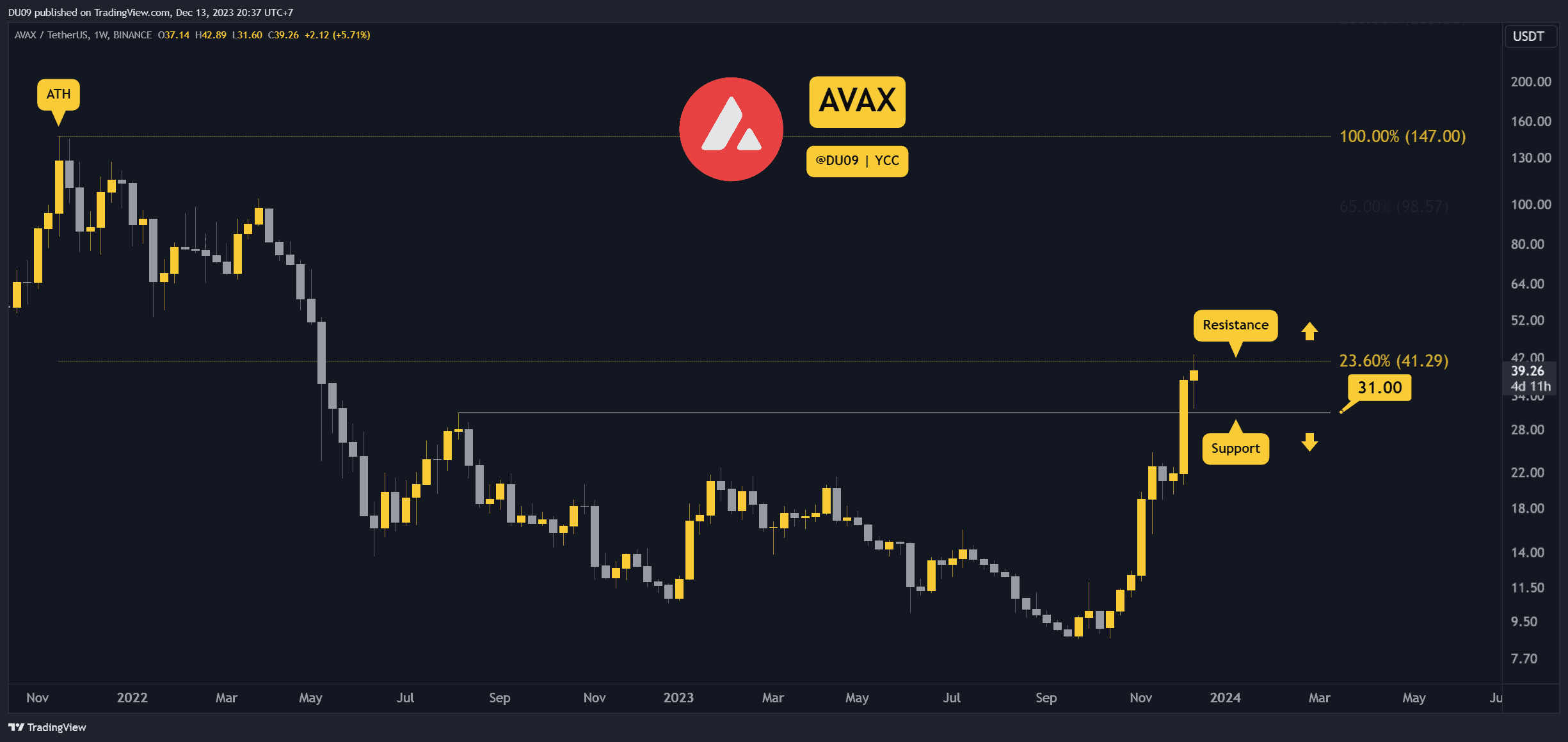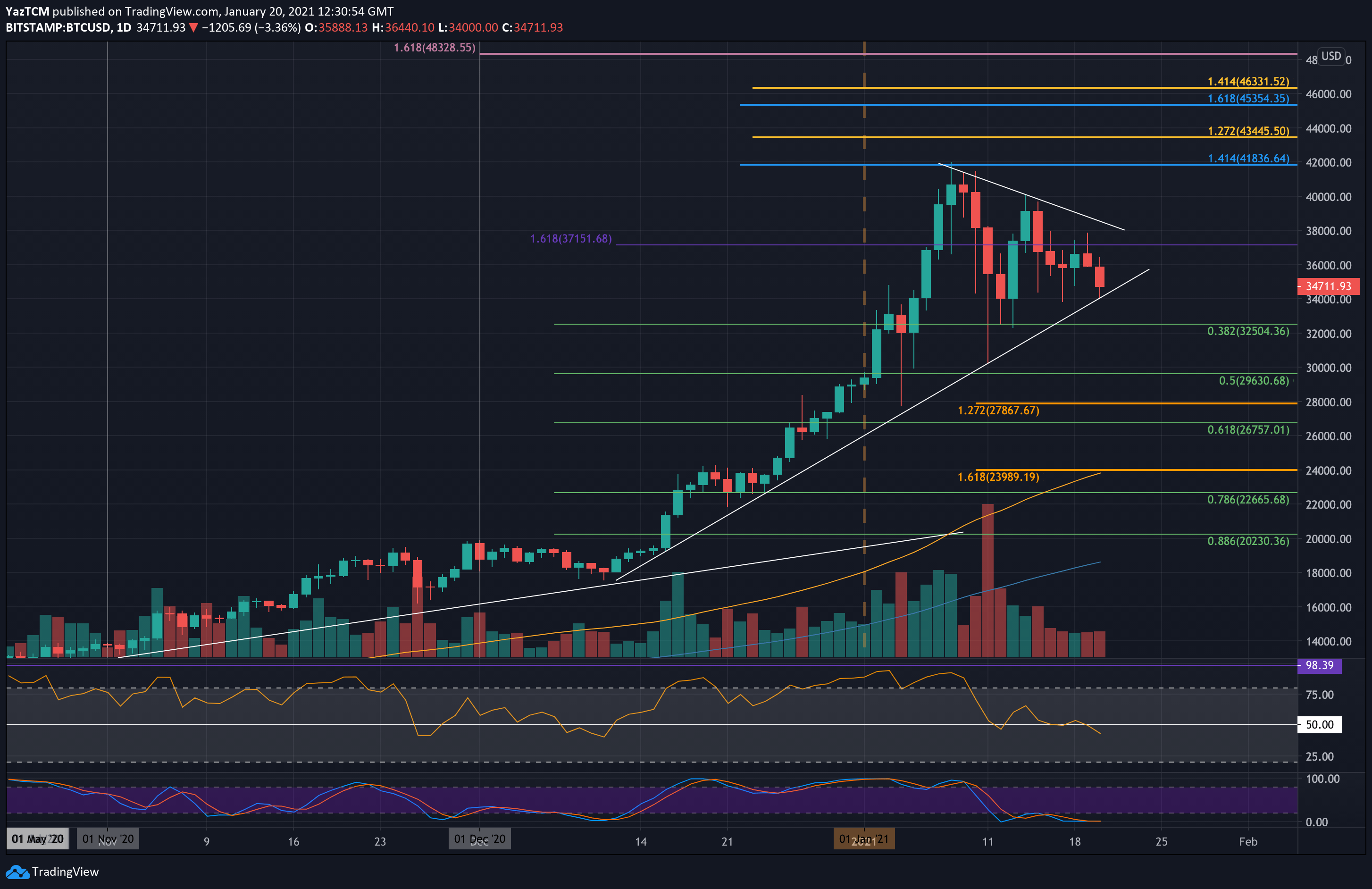Bitcoin’s Supply Passes 19 Million Coins, Less Than 2 Million Left
As of Friday, the 19 millionth Bitcoin was officially mined, leaving only 2 million left to enter circulation.
- The Bitcoin network regularly produces new coins each time a block of transactions is added to its ledger.
- Each block is produced through a process called “mining”, whereby users race to solve a mathematical problem for completing the block using computer power.
- The first to produce the block is rewarded with the new Bitcoin, plus all relevant transaction fees.
- At Block 730002, the 19 millionth Bitcoin was mined at 16:21:29 UTC on April 1st. The creator scored 6.25 BTC as a reward, plus another 0.07 BTC in fees.
- Bitcoin’s supply is hard-capped at 21 million coins, as part of its design meant to resemble gold. That means over 90% of the supply is already in circulation.
- However, the remaining two million coins will not fully enter circulation until approximately the year 2140. That’s because the rate at which coins are produced is cut in half every 210,000 blocks.
- Bitcoin’s mining difficulty adjusts regularly so that blocks are produced once every ten minutes on average.
- Other cryptocurrencies don’t necessarily reward the constructors of blocks with new coins. For instance, BNB is a net deflationary cryptocurrency, that rewards its users purely through transaction fees.
- Binance Smart Chain also uses a proof of stake consensus mechanism, which uses “validators” rather than energy-intensive “miners” to secure the network.
- Chris Larsen – co-founder of Ripple – is now funding a campaign to see Bitcoin change its consensus to proof of stake. Ethereum has already planned to make that transition for years and is scheduled to do so by July 2022.









